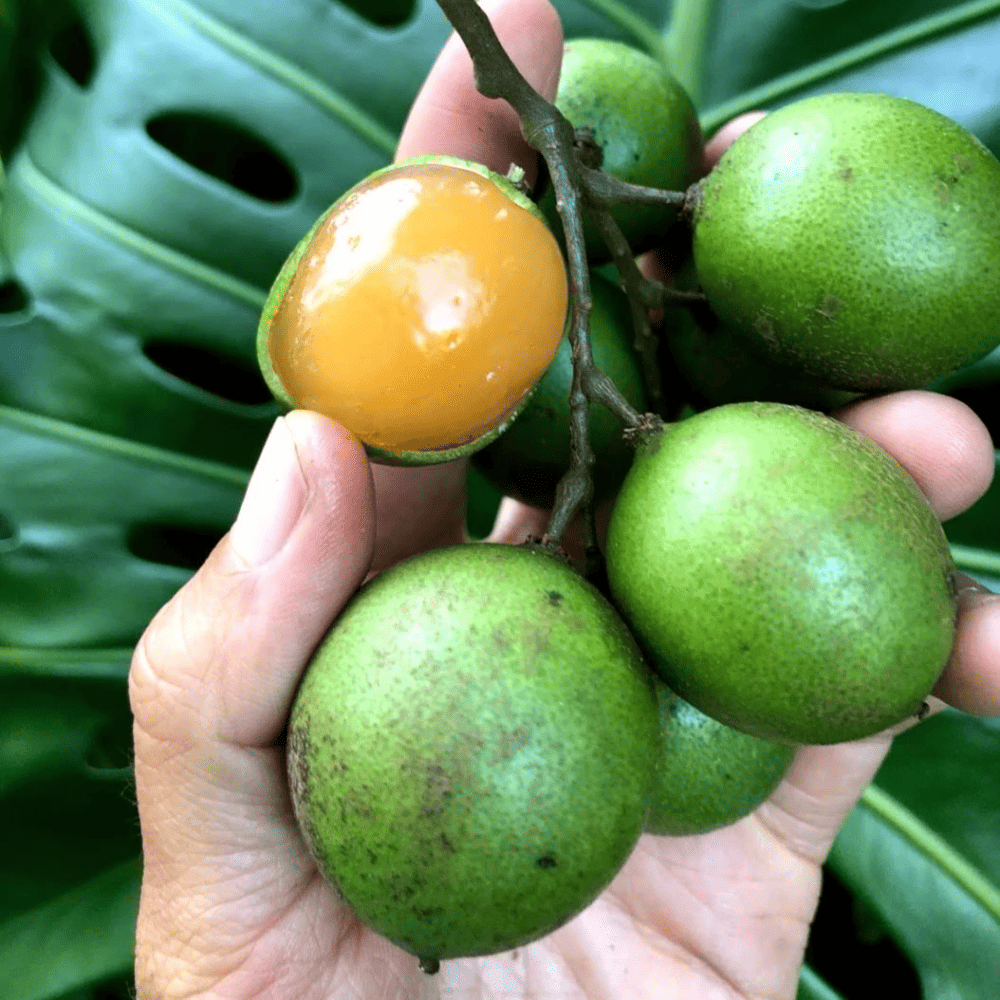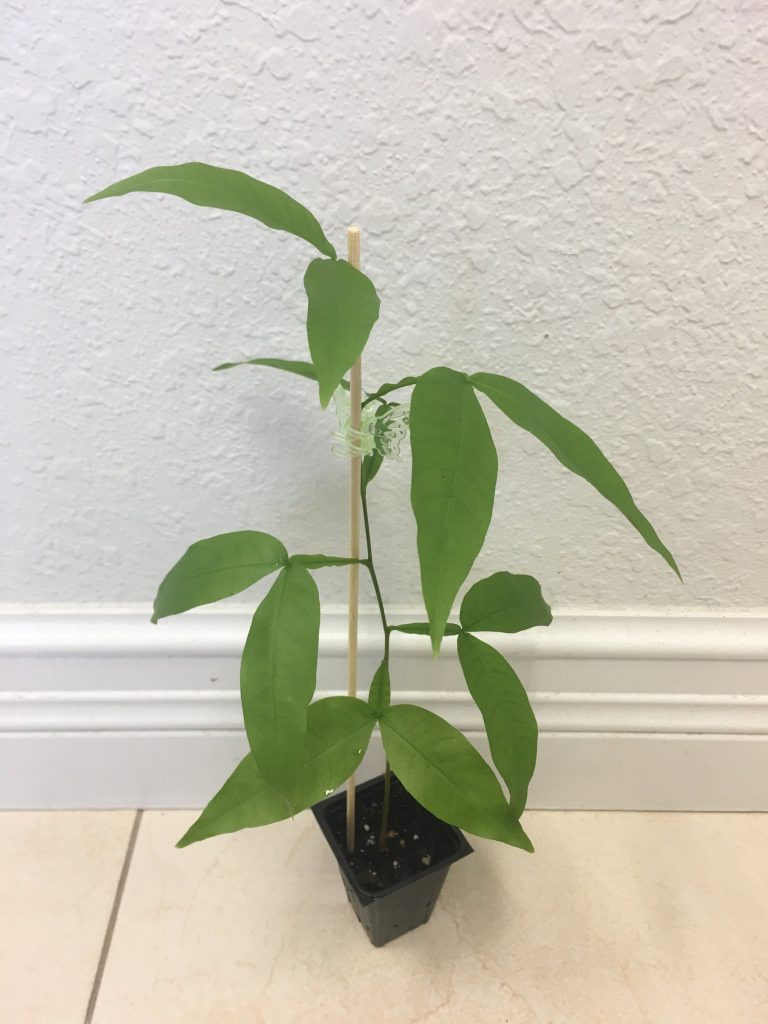
Benefits:
Mamoncillo fruit is rich in vitamins and minerals. It is a good source of vitamin A, vitamin C, and potassium. The fruit is also low in calories, making it a healthy snack option. Additionally, the fruit has been used in traditional medicine to treat a variety of ailments, including fever, diarrhea, and dysentery.
Medicinal Benefits of the Mamoncillo Plant
The mamoncillo plant has been used for centuries in traditional medicine to treat a wide range of ailments. The fruit's high vitamin C content makes it an excellent natural remedy for the common cold and flu. It is also believed to have anti-inflammatory properties that can help reduce the symptoms of arthritis and other inflammatory conditions.
Furthermore, the mamoncillo fruit is rich in antioxidants, which can help prevent cellular damage and reduce the risk of chronic diseases such as cancer and heart disease.
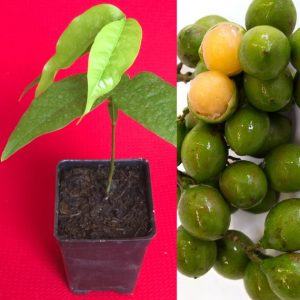
Care:
Mamoncillo trees are relatively easy to care for. They prefer well-drained soil and full sun. The trees can tolerate a range of soil types, but they do not do well in heavy clay or waterlogged soil. The trees require regular watering, particularly during the dry season. Pruning is also important to maintain the tree's shape and promote healthy growth.
Propagation of the mamoncillo tree can be done by seed or grafting. It is important to use fresh, viable seeds and to plant them in a well-drained potting mix. The seeds should be planted 1-2 inches deep and kept moist until germination, which usually takes 2-3 weeks. Grafted trees can be purchased from nurseries and are a good option for those who want a more established tree.
In terms of pests and diseases, mamoncillo trees can be susceptible to various insects and fungal diseases. Regular inspections and treatment with pesticides and fungicides may be necessary to keep the tree healthy.
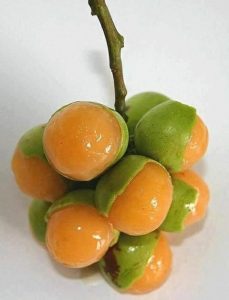
Uses:
Mamoncillo fruit is typically eaten fresh, either by itself or as part of a fruit salad. The fruit can also be used to make juice or jam. In some Latin American countries, the fruit is used to make an alcoholic drink called "guarapo." The seeds of the fruit are edible and are sometimes roasted and eaten as a snack. Additionally, the wood of the mamoncillo tree is used in construction and for making furniture.
Mamoncillo trees can also be grown for their ornamental value. The trees have a dense, rounded canopy that provides shade and attracts birds and other wildlife. They can be planted in large pots or containers and grown indoors in cooler climates.
Harmful Effects of Mamoncillo Plant
Mamoncillo plant, also known as Spanish lime, is a tropical fruit tree that is commonly found in Central and South America. Although the fruit is popular for its sweet and tangy taste, the plant itself can cause harm if not handled properly. In this article, we will explore the harmful effects of mamoncillo plant and provide some safety tips to prevent any potential harm.
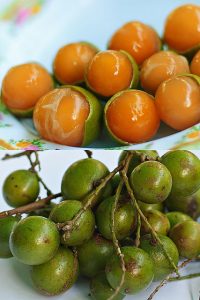
Poisonous Sap
One of the most harmful aspects of the mamoncillo plant is its sap. The sap contains a toxic chemical called urushiol, which can cause an allergic reaction in some people. If you come into contact with the sap, you may experience skin irritation, itching, redness, and blistering. In severe cases, the reaction can lead to a rash that spreads across your body.
Toxic Fruits
While the fruit of the mamoncillo plant is generally safe to eat, consuming too much of it can cause some harmful effects. The fruit contains a high amount of oxalic acid, which can lead to kidney stones and other health problems. Additionally, the seeds of the fruit contain a toxic substance called cyclopropene fatty acids, which can cause nausea, vomiting, and diarrhea if ingested.
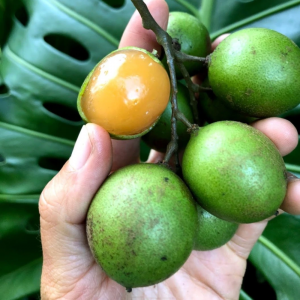
Safety Tips
To avoid the harmful effects of mamoncillo plant, it is important to take some safety precautions. Here are some tips to keep in mind:
- Wear protective clothing, such as gloves and long sleeves, when handling the plant.
- Wash your hands thoroughly with soap and water after coming into contact with the plant or its sap.
- Avoid eating too many mamoncillo fruits at once, as this can lead to health problems.
- Do not eat the seeds of the fruit, as they are toxic.
- If you experience an allergic reaction or any other symptoms after coming into contact with the plant, seek medical attention immediately.
In summary, the mamoncillo plant is a versatile and valuable tree that offers a range of benefits. Whether you are interested in growing it for its fruit, ornamental value, or cultural significance, the mamoncillo is a great choice. With proper care and attention, you can enjoy the sweet and tangy fruits of this tropical tree and appreciate its many other uses.
Health Benefits of Pumpkin Leaves
The Purpose of a Moss Pole and How to Use It
Pink Princess Plant Care: How to Keep Your Plant Happy and Healthy
